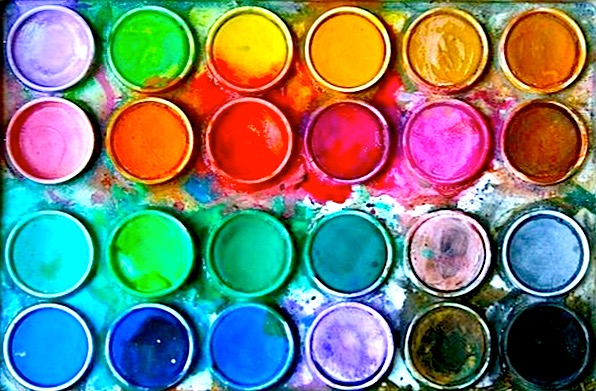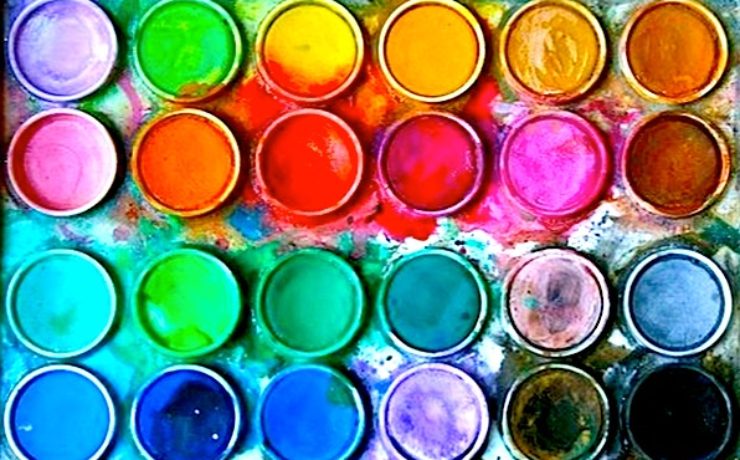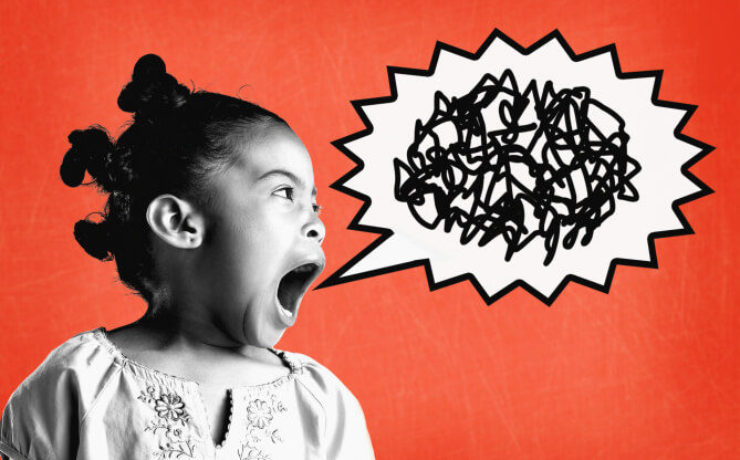Art Therapy – Art is an Experience not an Object

Art therapy is a form of psychotherapy that uses art media as its primary mode of expression and communication. Within this context, art is not used as diagnostic tool but as a medium to address emotional issues which may be confusing and distressing.
Art therapists work with:
- Children
- Young people
- Adults
- Elderly
Clients may have a wide range of Difficulties, Disabilities or Diagnoses. These include
- Emotional
- Behavioral or mental health problems
- Learning or physical disabilities
- Life-limiting conditions
- Neurological conditions
- Physical illnesses.
Art therapy is provided in groups or individually, depending on clients’ needs. It is not a recreational activity or an art lesson, although the sessions can be enjoyable. Clients do not need to have any previous experience or expertise in art.
Although influenced by Psychoanalysis, Art therapists have been inspired by theories such as attachment-based psychotherapy and have developed a broad range of client-centred approaches such as psycho-educational, mindfulness and mentalization-based treatments, compassion-focussed and cognitive analytic therapies, and socially engaged practice. Importantly, art therapy practice has evolved to reflect the cultural and social diversity of the people who engage in it.
“Art as therapy” embodies the idea that art making is, in and of itself, therapeutic and that the creative process is a growth-producing experience. However, art as therapy is a pretty close match to many other non-therapy approaches, mainly in the realm of art teaching.
For example:
- Art education with children with disabilities
- Community art programs for groups
- Shelters or neighborhoods with economic or social challenges
- Art studios for people with mental illness seem to have similar goals and objectives and are pretty difficult to differentiate from art as therapy in many cases.
These programs and their practitioners are effective change-agents in their own right and often produce the same outcomes as those programs defined as art as therapy.
“Art psychotherapy” embraces the idea that art is a means of symbolic communication and expresses personality, emotions and other aspects of human experience.
In essence, art expressions are used to enhance verbal exchanges between the therapist and the client in this approach. As it turns out, providing art psychotherapy also often involves an additional credential such as a mental health counselling, social work, psychologist or marriage and family therapy license; this is because most states regulate the use of the term “psychotherapy” via licensure.
Art therapy is the application of the visual arts and the creative process within a therapeutic relationship, to support, maintain, and improve the psychosocial, physical, cognitive and spiritual health of individuals of all ages.
It is based on current and emerging research that art making is a health-enhancing practice that positively impacts the quality of life.
Art therapists are credentialed professionals who purposively use specific art-based approaches with children, adults, groups and families to support, maintain, and improve overall health, physical, emotional and cognitive functioning, interpersonal skills, personal development, and quality of life.
Art therapy is clearly demonstrating that it successfully addresses many somatically-based conditions including trauma reactions, post-traumatic stress and depression as well as many neurological and cognitive disorders. More importantly, art therapy is proving itself to be an effective intervention in improving overall quality of life and perceptions of wellness. Perhaps these will be the defining factors that capture the imagination of new generations of art therapists and finally provide a unified vision and definition for the field that will validate its essential role in the health and well-being of all individuals.



